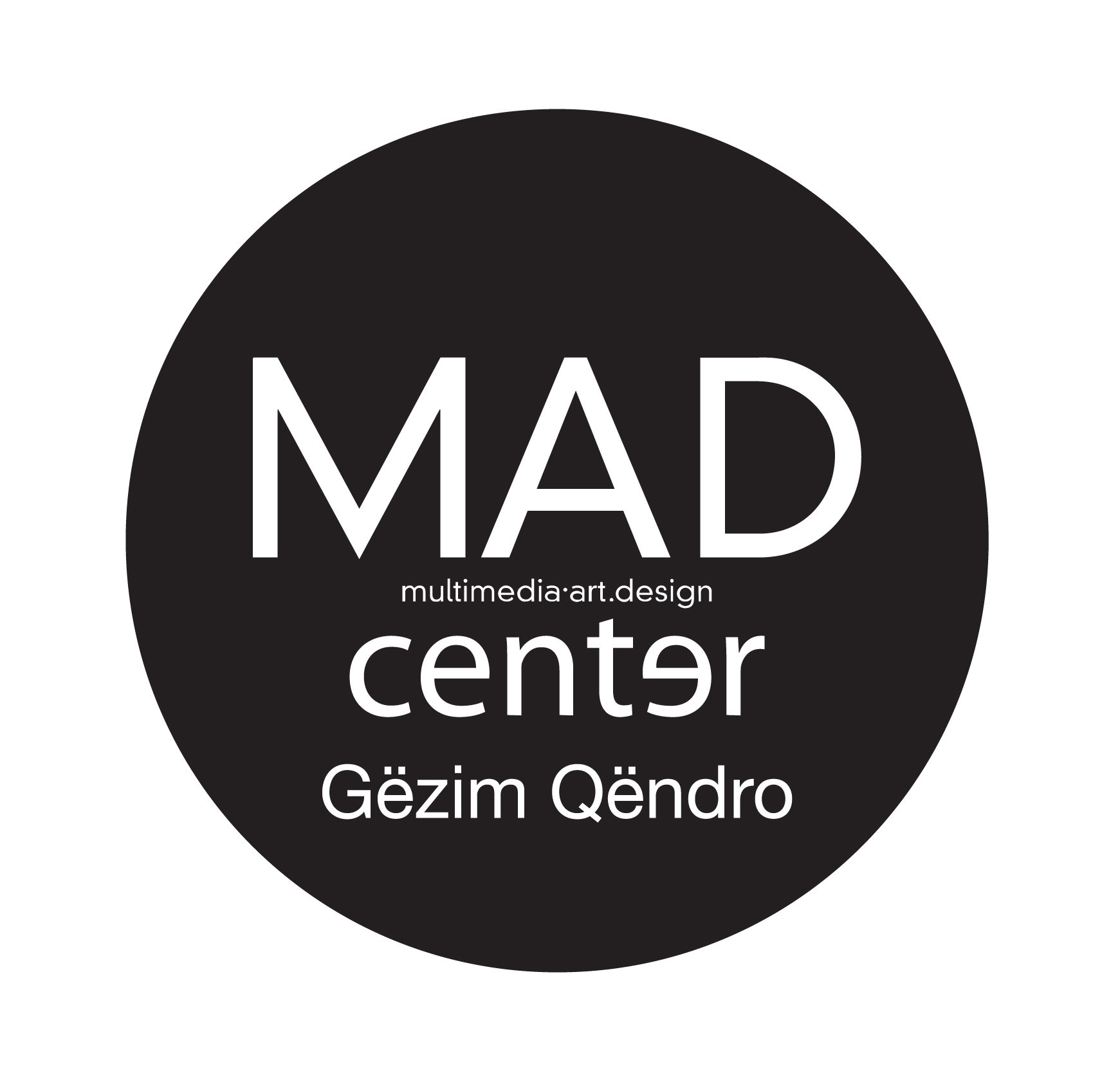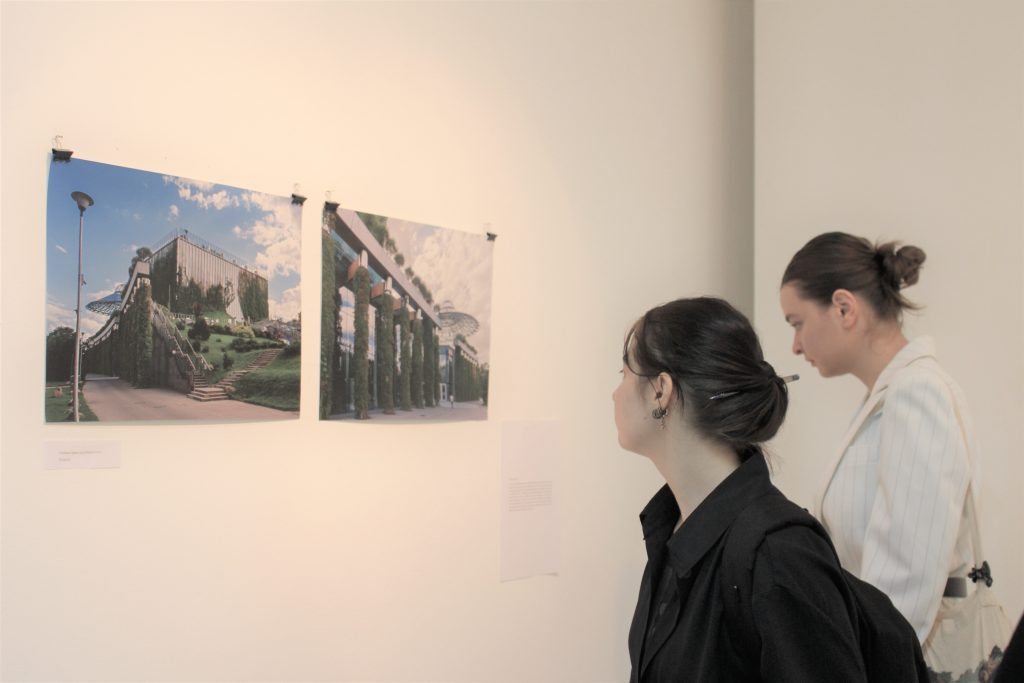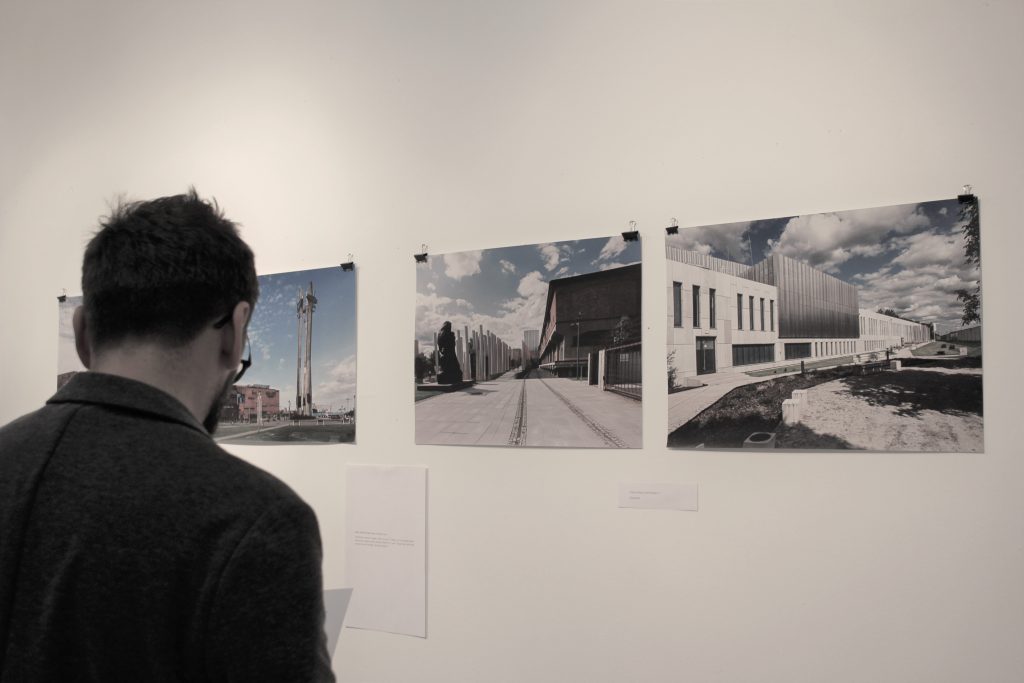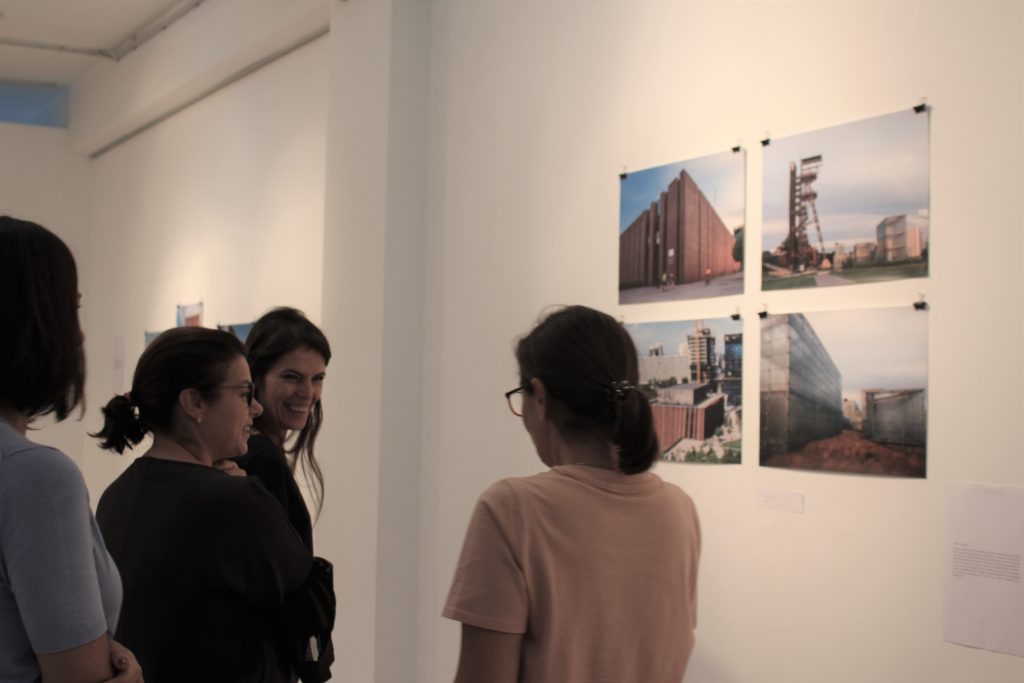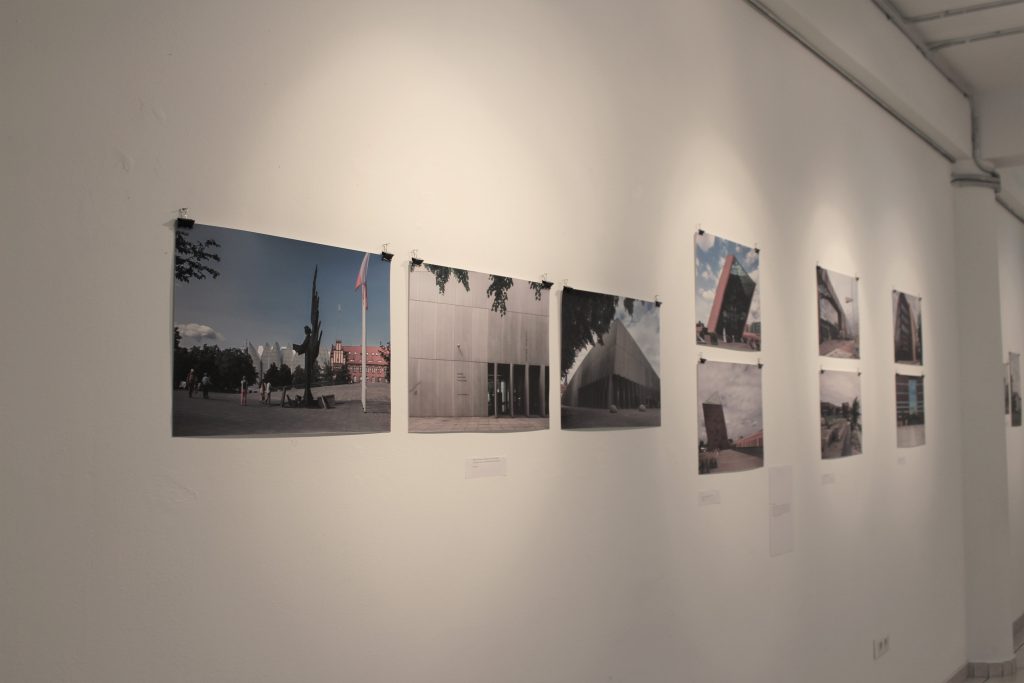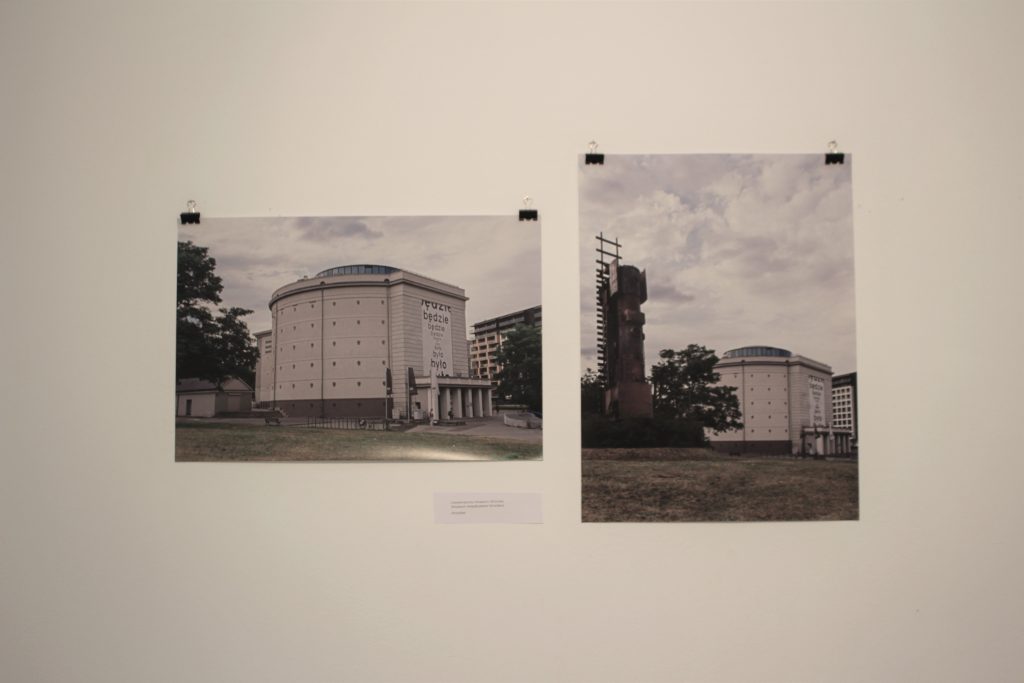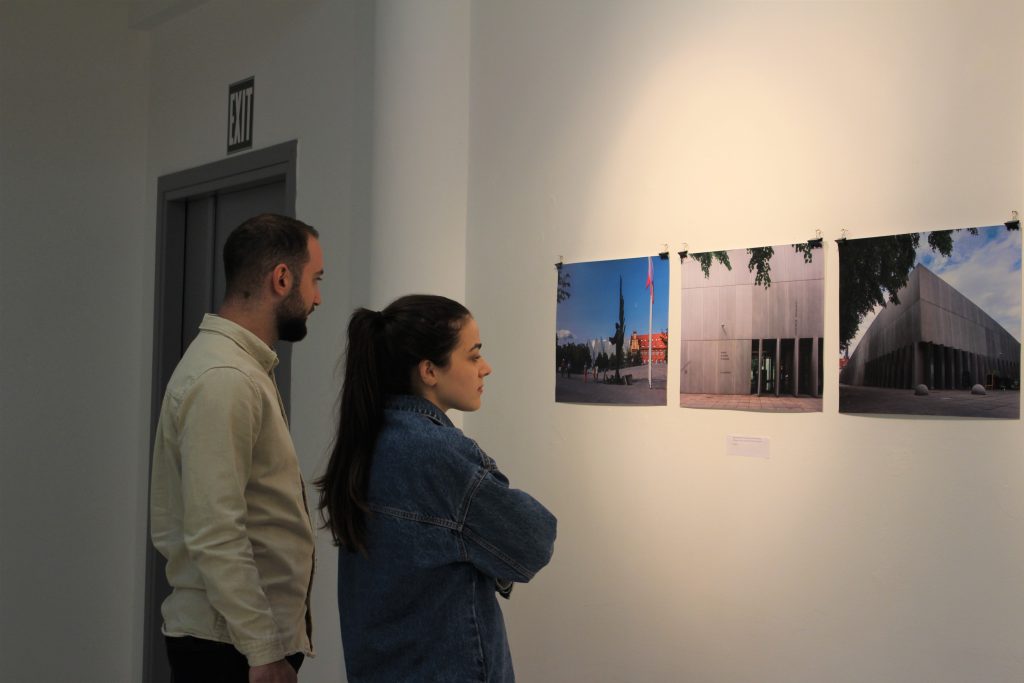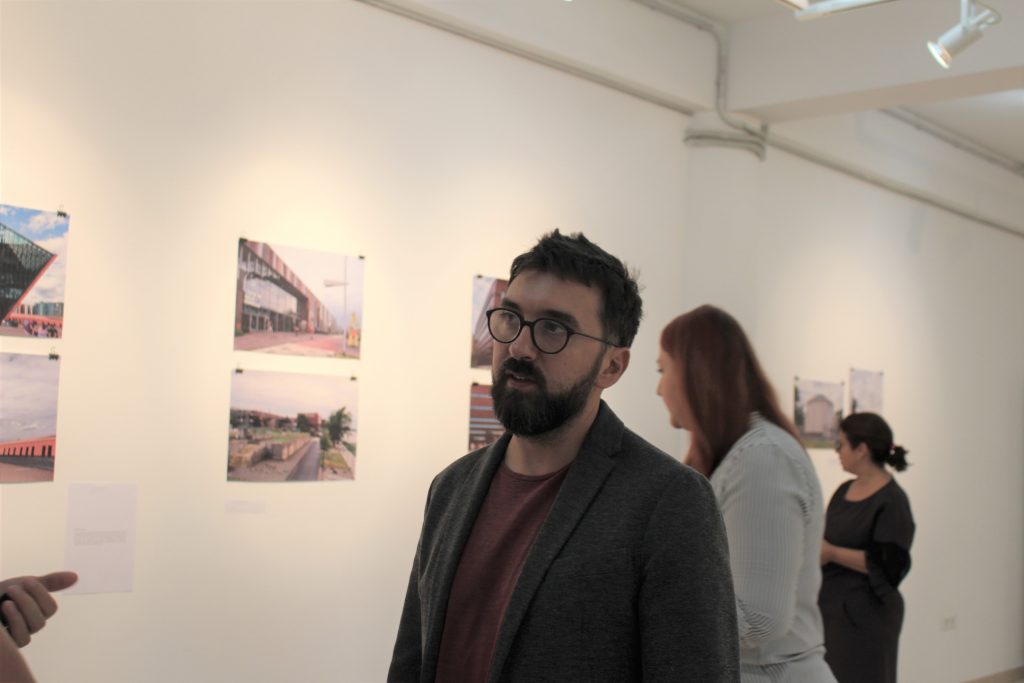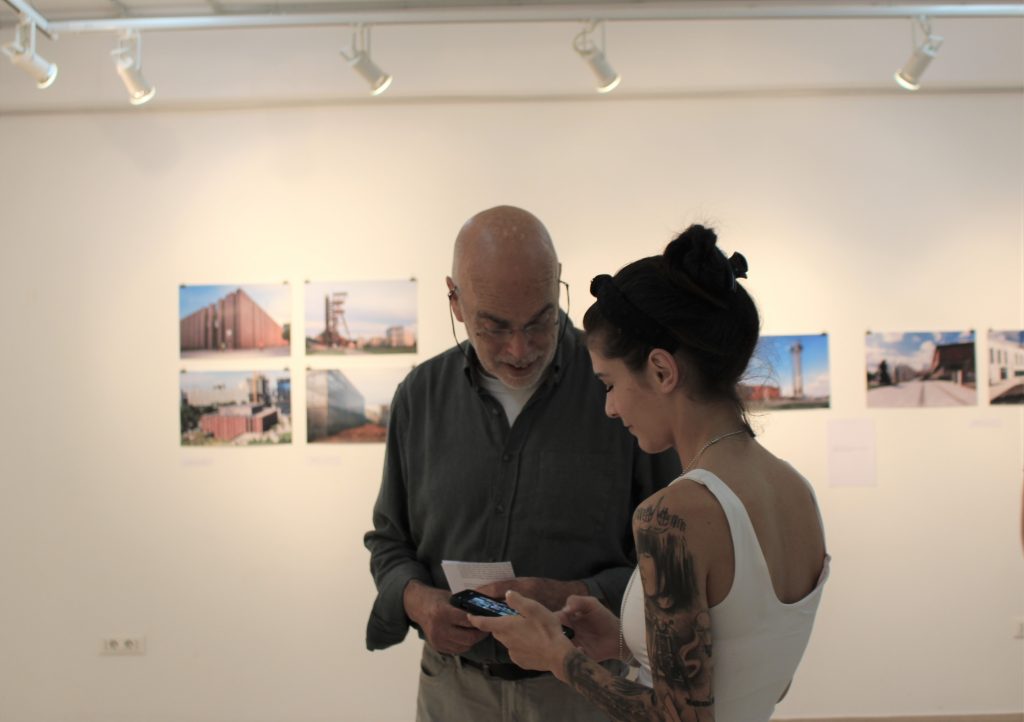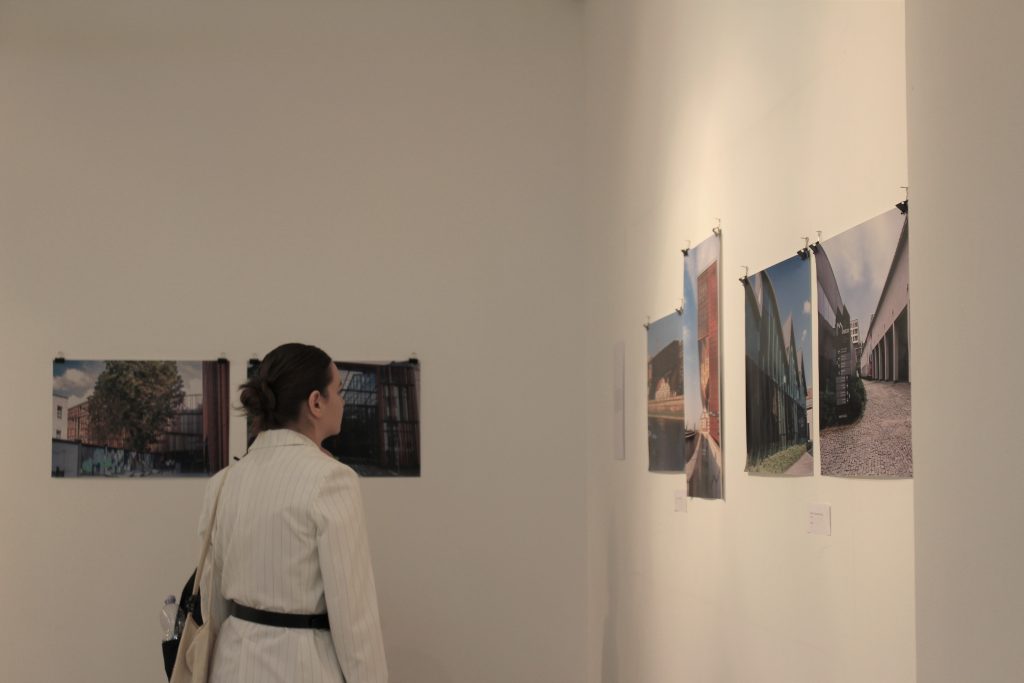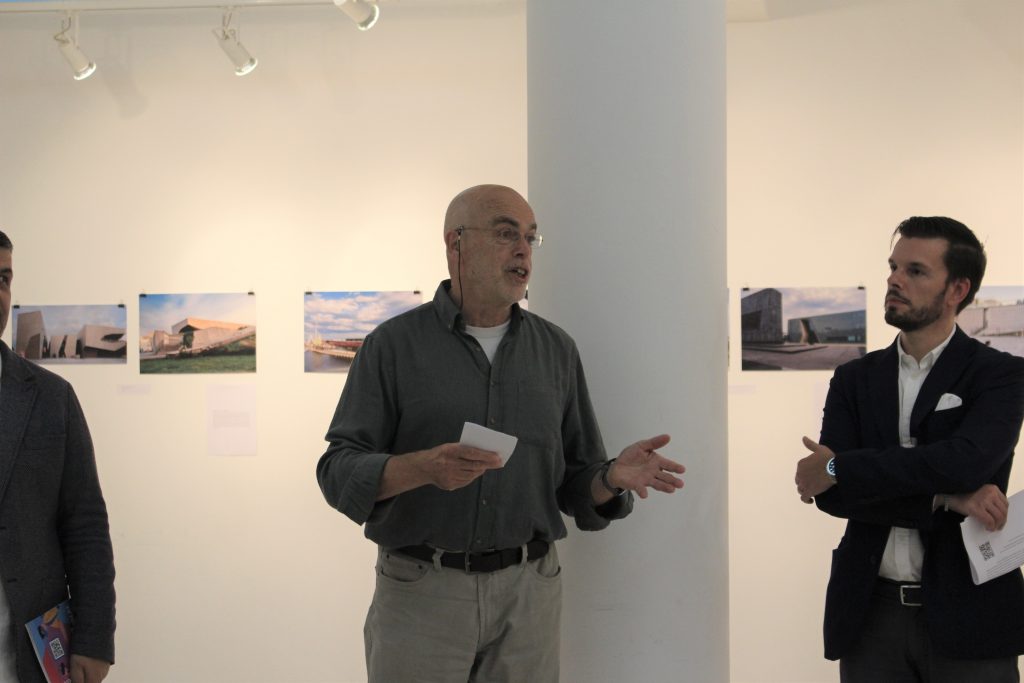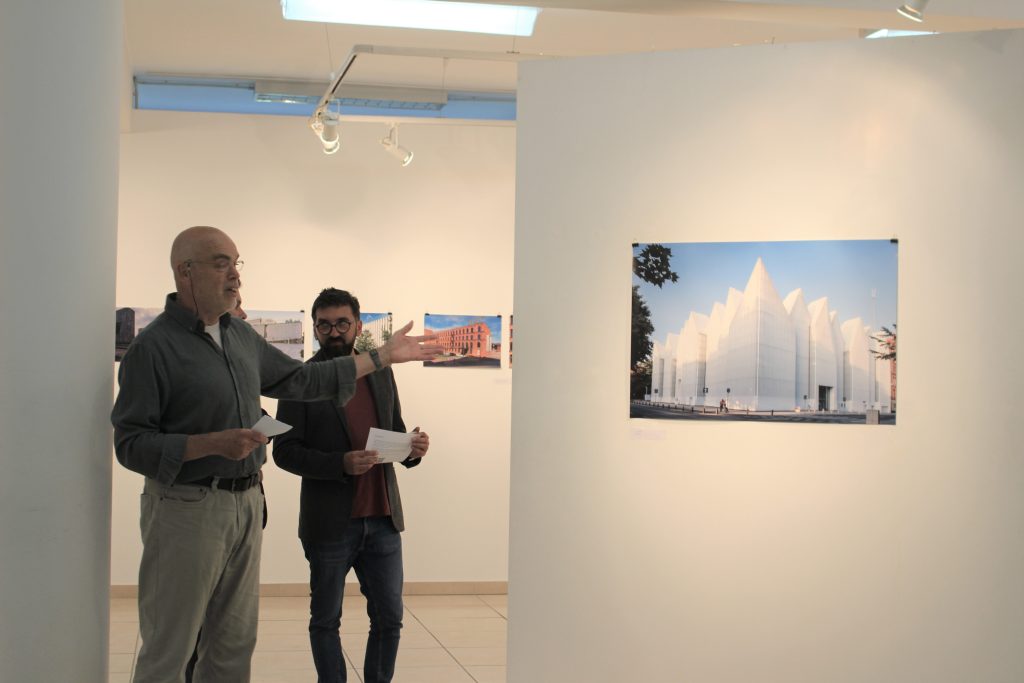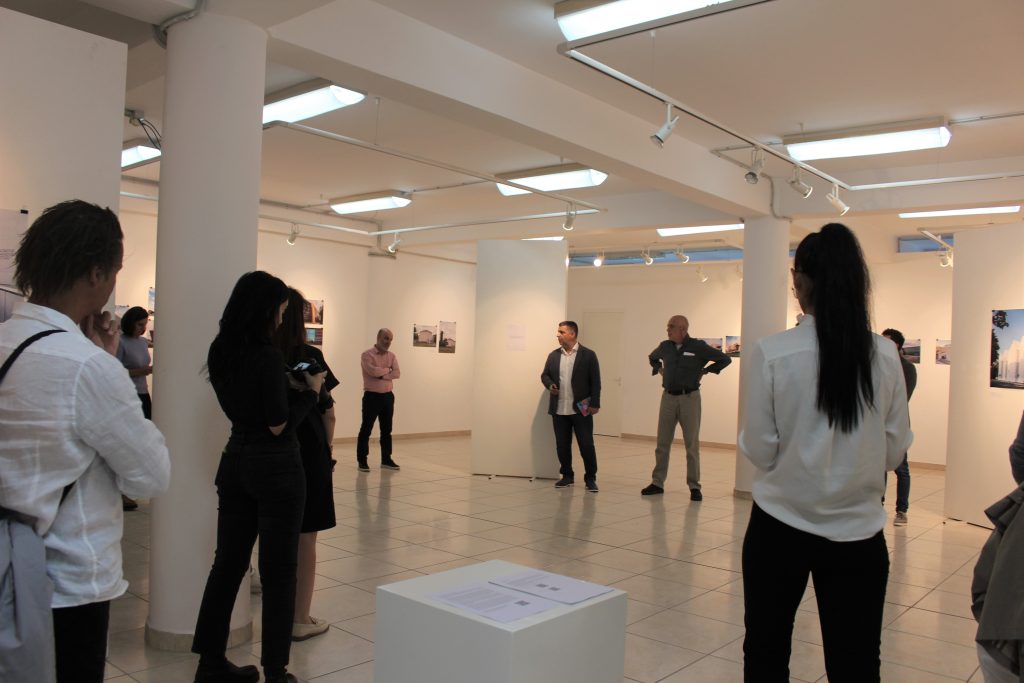NEW CULTURAL ARCHITECTURE IN POLAND

This presentation of new Polish cultural places and their architecture signifies a visitor’s perspective of selected eye-catching places and buildings. The images of 21 new cultural places in 11 main cities in Poland, want to show what Polish cities have done to develop their cities through cultural infrastructure.
The perspective of the photos is that of a visitor. This perspective may lack the insight of an architect’s or urban planner’s analysis based on a methodology for assessing places and buildings, but the views of visitors matter a lot. After all, visitors contribute to the success of a building once it has been opened. Architects and planners may make a professional evaluation, but regarding the success of a place, others play a more important role. The management of cultural institutions is of course critical, they bring activities and life to places. Citizens have a significant voice and outside visitors contribute too. Citizens and visitors share experiences and post pictures on social media, tourism agents may consider a place and building worthy of including in a city’s list of things to see and things to do.
A visitor’s perspective means that photos are taken at eye-level. People cannot fly, so no photos made with drones. All buildings in this photo essay have been captured many times on photos, and on internet beautiful photos can be found of most of them. This presentation wants to give an overview, to put new developments together, from a visitor’s perspective – not the architect’s view and not the perspective of a photographer who waits for the perfect light conditions and applies software to make an object more beautiful.
This presentation shows appreciation for the Polish major projects of cultural buildings. One can imagine that some daring decisions were required. Polish cities understood that new major developments in cities were needed, especially in cities facing difficulties in their socio-economic development. Warsaw was a logical entry into Poland after the end of the socialist period and the city received a lot of direct foreign investment. But cities like Katowice and Lodz have an industrial legacy to deal with and were not centres of new economic development. These cities dared to start major transformations and often made good use of EU funding for this purpose. The cities of Lodz and Katowice show that revitalisation of heritage can work well. Other cities like Bialystok or Poznan did not have ‘usable past’ for large cultural places and architecture, or opted for creating new buildings. Working with heritage helps to build a bridge between the past and the future.
An essay accompanies the photos. https://nientied1.wixsite.com/cultarchitecturepl/essay.
Additional photos are presented on this site.
PETER NIENTIED BIO
Peter Nientied (1955) is urban researcher and management professional, with Central and Eatsern Europe as one of the regions of his special interest. He is also a dedicated photographer focused on portraits. Portraits of people, portraits of buildings. His style is rather direct with respect for the person or object. No body modifications, no Photoshop for making people or things look better than they are. ‘Let the light and perspective do the work’.
He now combines his urban and his photo capacities to make urban photo-essays. After an essay on ‘Brutal Skopje’(with Besnik Aliaj) and this presentation of cultural architecture in Poland, he currently works on two new photo-essays: ‘Beyond Bilbao – three major cultural projects in Northern Spain’, and ‘Gentrification of Katendrecht, Rotterdam’.
Peter Nientied has been associated to Polis University and Co-PLAN for over 20 years.
www.peternientied.com
www.peternientied.nl
